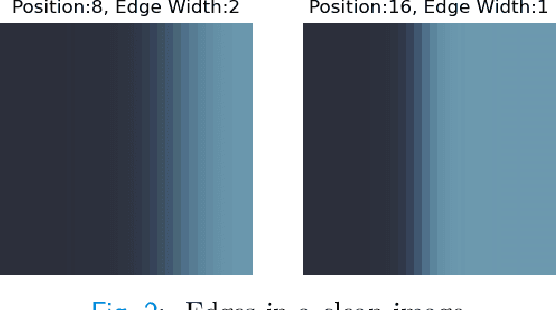Learning to Bound: A Generative Cramér-Rao Bound
Paper and Code
Mar 07, 2022



The Cram\'er-Rao bound (CRB), a well-known lower bound on the performance of any unbiased parameter estimator, has been used to study a wide variety of problems. However, to obtain the CRB, requires an analytical expression for the likelihood of the measurements given the parameters, or equivalently a precise and explicit statistical model for the data. In many applications, such a model is not available. Instead, this work introduces a novel approach to approximate the CRB using data-driven methods, which removes the requirement for an analytical statistical model. This approach is based on the recent success of deep generative models in modeling complex, high-dimensional distributions. Using a learned normalizing flow model, we model the distribution of the measurements and obtain an approximation of the CRB, which we call Generative Cram\'er-Rao Bound (GCRB). Numerical experiments on simple problems validate this approach, and experiments on two image processing tasks of image denoising and edge detection with a learned camera noise model demonstrate its power and benefits.
 Add to Chrome
Add to Chrome Add to Firefox
Add to Firefox Add to Edge
Add to Edge